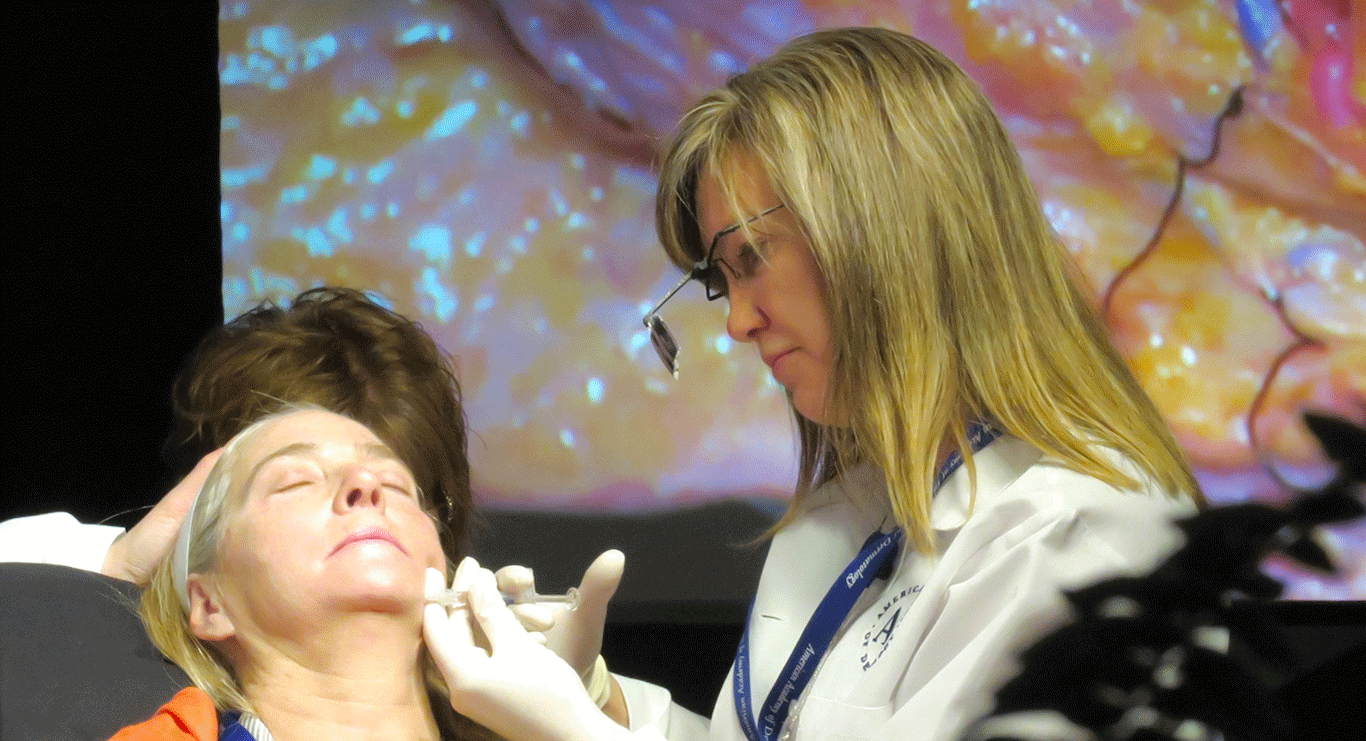Q&A with Dr. Cox: How to Avoid Bruising

The popularity of injectable treatments has increased substantially in recent years. The ASPS reports that in 2016 alone, Americans had 2.6 million filler procedures and 7 million Botox, Dysport or Xeomin treatments. When compared with 2000, that’s a 275% increase for filler, and a 760% increase for Botox, Dysport or Xeomin treatments! One of the key reasons for this increase is the excellent safety record for these treatments, where a small bruise may be the most undesirable common side effect. Of course, we still want to do everything we can to avoid bruising. We sat down with Dr. Cox to discuss how to minimize the risk of bruising.
Do all injectable treatments carry a risk of bruising?
The short answer is yes, although there are many ways before and after treatment to avoid bruising. Other factors include which injectable treatment is performed (Botox vs filler, for example), and what area is treated. We review this prior to treatment.
What can you do before treatment to avoid bruising?
Bruising is more likely to occur if the blood is “thinner.” We recommend that patients stop all drugs and supplements that thin the blood 10-14 days prior to treatment. This includes Aspirin and NSAIDs like Motrin, Ibuprofen, Naproxen, Aleve and Advil. Green tea, Vitamin E, and herbal supplements like St. John’s Wort, garlic, ginger, ginseng, celery root, red yeast extract, and others can also thin the blood. Of course, make sure to consult with your primary care provider before discontinuing any medications. We also recommend avoiding wine and alcohol about 48 hours prior to treatment.
There is one herbal supplement we do recommend. If you know you are especially prone to bruising, Arnica Montana is thought to reduce bruise discoloration. Three days prior to your treatment, we recommend taking three tablets three times a day. You may also continue to take this supplement for 1 to 2 days after treatment if needed. We sell this supplement in our office, but it is also available at most health food stores.
How do you prevent bruising during treatment?
This is where we come in! An experienced injector is the best defense against bruising. Look for a board-certified dermatology with extensive experience performing injectable procedures. While no injector has a perfect record, a gentle, confident technique and intimate knowledge of facial anatomy goes a long way. I am pleased to train injectors internationally on safe, effective injection technique.
What can you do after treatment to avoid bruising?
Once the treatment is complete, we strongly recommend avoiding exercise for 48 hours. Exercise causes increased blood flow and can increase your risk of developing a bruise, even if it looked like you weren’t going to get one! Continue to avoid wine and alcohol for the same 48 post-treatment period, for the same reason.
Is there a connection between bruising and swelling?
Swelling in the treatment area is another common side effect of filler treatment. In most cases, this is mild to moderate and typically resolves fully within the first few days. Avoiding salty foods, exercise, and wine and alcohol 48 hours before treatment and 48 hours after treatment can significantly reduce swelling.
If I do bruise, what are my options?
If it looks like you may bruise at an injection site, we immediately hold pressure on the area to reduce the chance of bruising. We also carry Occumend patches, which can be applied directly to bruise sites to significantly reduce the time needed for them to resolve. In one survey, the majority of patients felt Occumend patches reduced their bruise time by 90%! We also offer complimentary Vbeam laser treatment to bruise sites after filler, which can cut the bruise time in half.
Even when all parties do everything possible to prevent and minimize bruising, it can still occur. That in mind, we advise everyone to schedule their filler appointments with the anticipation of bruising. We find this takes much of the anxiety out the process, so you can focus on enjoying your results!
